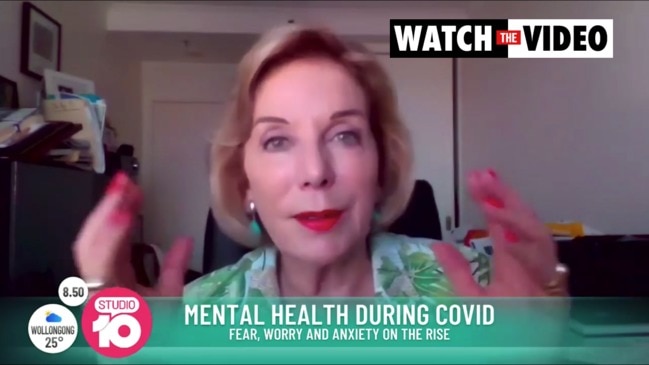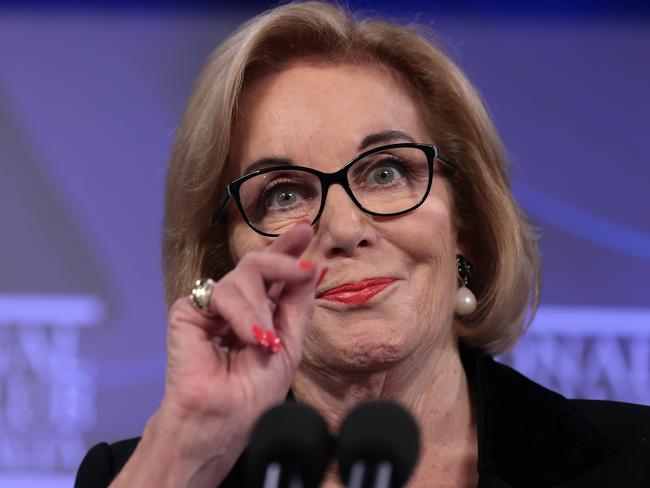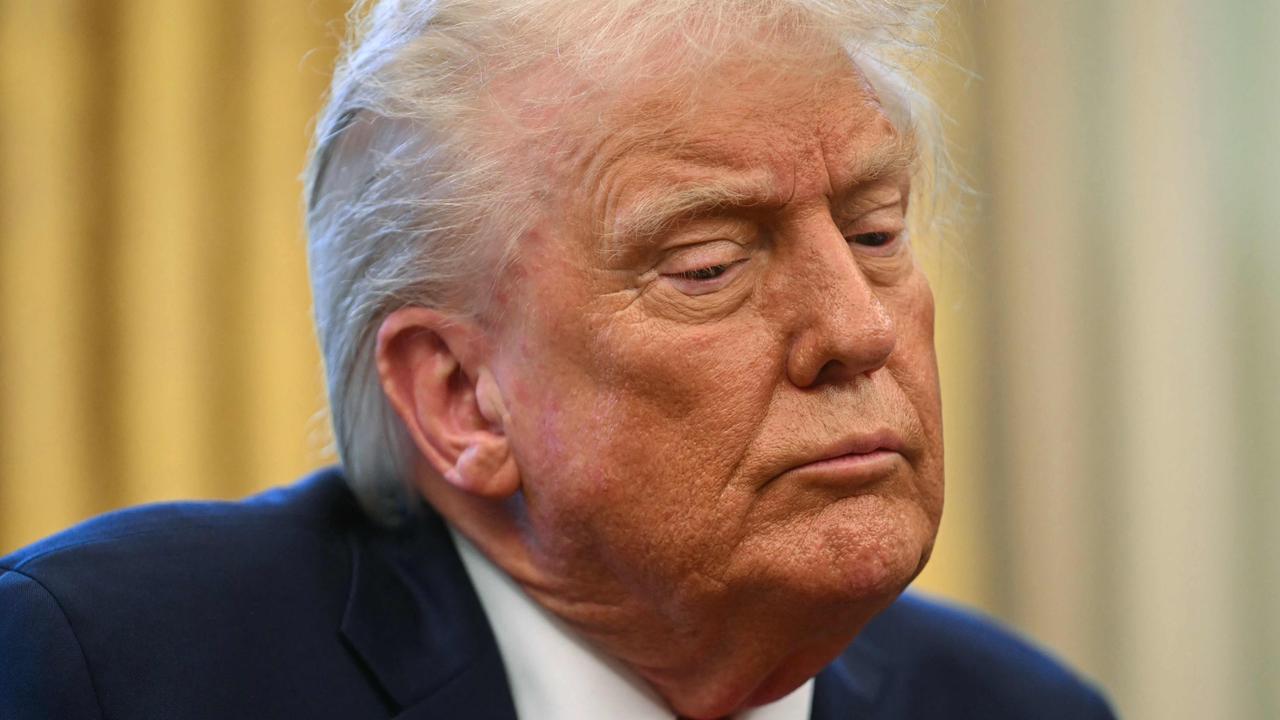Ita Buttrose wants Medicare rebate for eye injections kept as Patron of Macular Disease Foundation Australia
Ita Buttrose has said we cannot accept an Australia where we have a gold standard treatment to stop people from going blind — but some can’t access it.

Opinion
Don't miss out on the headlines from Opinion. Followed categories will be added to My News.
The wider topic of an ageing Australia has been on the national agenda for some time. It is mistakenly assumed that it’s not worth investing in older Australians, as they have passed their use-by date and there is nothing anyone can do about their decline.
Many issues deserve attention, but as Patron of Macular Disease Foundation Australia (MDFA), I wish to highlight an immediate concern: a proposal before the federal government to cut the Medicare rebate for sight-saving eye injections (IVI) by 69 per cent.
If this recommendation is implemented, an additional 47,000 Australians would needlessly lose their vision to macular disease in the next five years.
Macular disease refers to a range of conditions that affect the part of our retina responsible for central vision, allowing us to drive, read, and recognise faces.

The most common macular disease, age-related macular degeneration (AMD) affects 1.4 million Australians. That’s one in seven people over the age of 50. Without effective prevention and treatment, this will increase to more than 1.7 million people by 2030.
Australia leads the world in treating wet AMD, the most aggressive form of the disease. Treatment is delivered by regular injections into the eye, often every four to six weeks, and is needed indefinitely.
Currently, approximately 80,000 vulnerable Australians lose their vision over five years because they drop out of treatment. Two of the primary reasons for this are lack of access and cost.
Increasing out-of-pocket costs to patients through a rebate cut would increase this dropout rate by an estimated 25 per cent causing an additional 47,000 Australians to experience severe vision loss and blindness.
Eye injections have successfully saved the sight of many Australians. So why has the MBS Review Taskforce recommended slashing the Medicare rebate for these injections by 69 per cent?
It’s a decision I find hard to fathom.
A 69 per cent cut to the Medicare rebate will increase out-of-pocket costs on average from $1,900 per year to $3,900 per year – double for patients who require treatment in both eyes.
The recommendation will effectively shift costs to other parts of the health and welfare system. Health economists estimate the proposed Medicare cut would directly cost the government $168 million in primary health, mental health care and early admissions to residential aged care.
There also would be $2.6 billion in indirect costs to government through loss of patient and family carer productivity.

As an alternative, MDFA has developed three costed solutions to increase access to sight-saving treatment that can be implemented immediately by leveraging existing systems and infrastructure.
They are:
*Establishing new low cost-regional clinics, so patients can access treatment without needing to travel to metropolitan clinics that are already at capacity.
*Increasing the number of ophthalmology registrars who can give injections under the supervision of qualified ophthalmologists.
*Empowering patients to be better informed about fees so they can self-advocate if they can’t afford treatment.
These models need both federal and state government investment but the benefits are immeasurable. Every 1000 wet AMD patients left untreated will result in approximately $20 million being added to the government’s annual health system costs.
MDFA urges the government to reject the recommendation to cut the MBS rebate for eye injections and for ophthalmologists to work with the federal and state governments, and the Foundation to increase access to public and bulk-billed treatment in more locations across Australia.
We simply cannot accept an Australia where we have a gold standard treatment to stop people from going blind yet there are some Australians who can’t access it.
Australians at risk of losing their vision need certainty about their future eye health. Action is needed now.
The inaugural Ita Buttrose Oration, Vision for a Healthy Ageing Australia, was delivered to the National Press Club in Canberra today to mark the 20th anniversary of Macular Disease Foundation Australia. For more information contact the Macular Disease Foundation on 1800 111 709 www.mdfoundation.com.au
Ita Buttrose AC OBE is the Patron of the Macular Disease Foundation Australia
Originally published as Ita Buttrose wants Medicare rebate for eye injections kept as Patron of Macular Disease Foundation Australia


